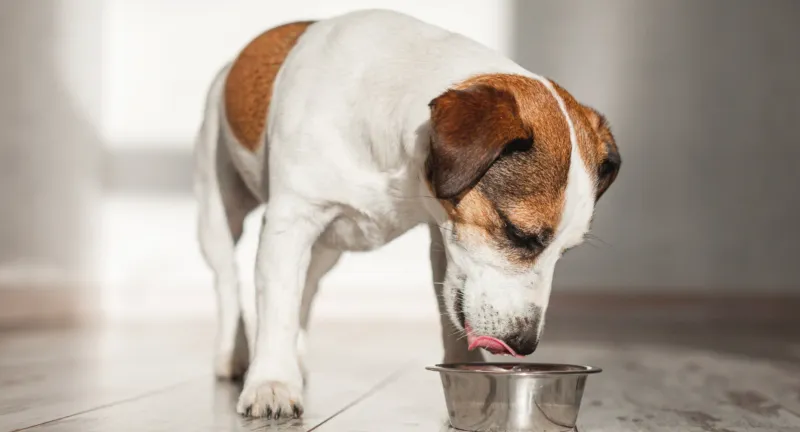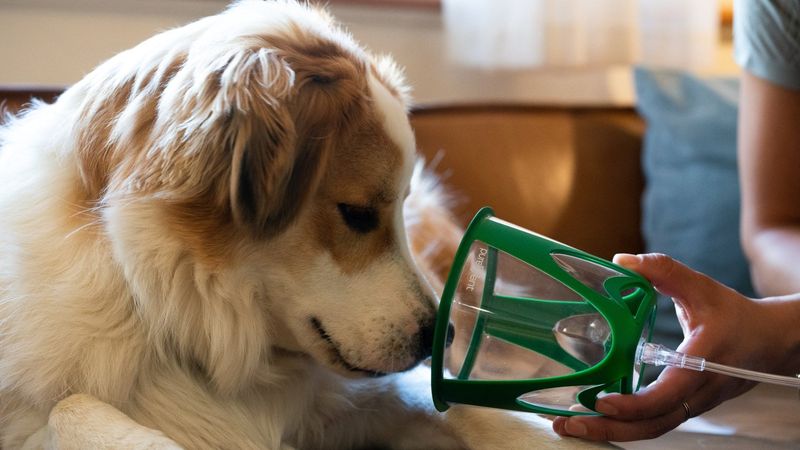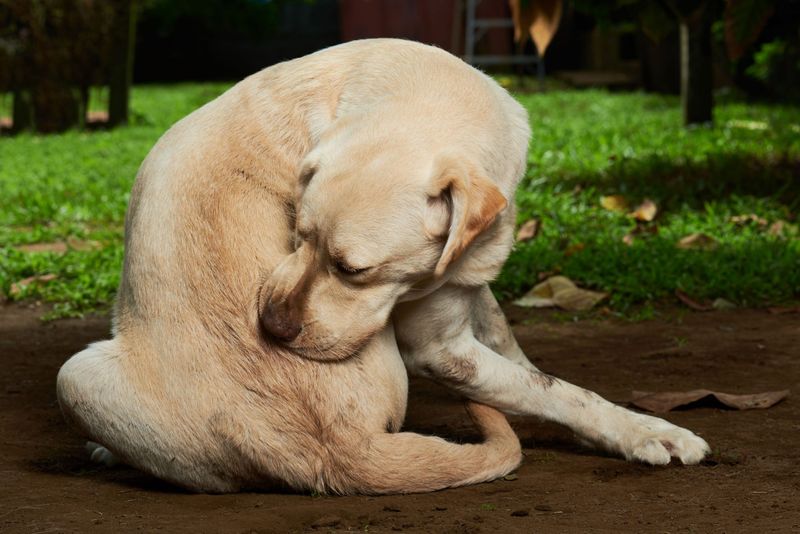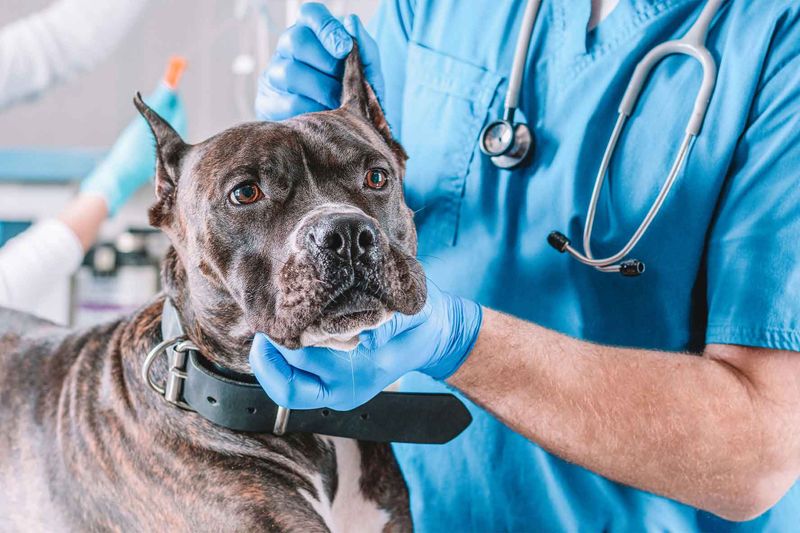When it comes to your dog’s health, spotting the early red flags can be lifesaving.
Some symptoms may seem small but could point to serious issues that need fast action. Here arecritical signs you should never ignore if you want to keep your pup safe and thriving.
1. Sudden Aversion To Favorite Toys

Imagine your dog suddenly ignoring their once beloved squeaky toy or tennis ball. This change in interest could be more than just a mood swing.
Dogs often use play as a way to bond and express themselves, so a sudden disinterest might signal pain or discomfort. It could also reflect emotional distress or an underlying health issue.
Observing these changes and acting promptly by consulting a vet ensures your dog remains happy and healthy. A professional can provide insights into whether this behavior signals a need for medical attention.
2. Persistent Vomiting Or Diarrhea

A bout of vomiting or diarrhea isn’t uncommon in dogs, but when it becomes frequent or severe, it’s time to dig deeper. Issues like parasites, infections, or even poisoning could be at play.
Watch closely for other warning signs like blood, lethargy, or fever—these can point to something more serious.
Track what your dog has eaten, any recent changes, or possible toxin exposure to help your vet piece things together.
The more details you can share, the quicker your pup can get the right treatment.
When in doubt, don’t wait—your dog’s health could depend on acting fast.
3. Excessive Thirst Or Urination

It’s normal for dogs to gulp down water after playtime or on a hot day. But if your pup is drinking excessively or needing more potty breaks than usual, it could be a red flag.
Conditions like diabetes, kidney issues, or hormonal imbalances might be behind the sudden thirst.
Pay attention to any changes in their water bowl refills or bathroom routines.
If things seem off, jot down your observations and share them with your vet.
That info can be key to catching something early and keeping your dog feeling their best.
4. Unexplained Weight Loss

Weight loss in dogs can sneak up on you, especially if they’re fluffy or extra active. But if the pounds are dropping without a clear reason, it’s a signal something might be wrong.
Metabolic disorders, parasites, or chronic illnesses like diabetes could be behind it—even if your dog is still eating normally.
Keep an eye on their body condition or weigh them regularly to spot changes early. If you notice unexpected weight loss, don’t wait—get them checked by a vet.
The sooner the cause is found, the quicker your pup can get back on track.
5. Sudden Loss Of Appetite

It’s not unusual for a dog to skip a meal here and there, especially after a busy day or a change in routine. But if your pup hasn’t eaten in over 24 hours, it’s time to take it seriously.
A sudden drop in appetite can signal anything from dental pain to serious conditions like kidney disease or infections. Even emotional stress, like a move or a new pet, can cause your dog to turn away from food.
Keep an eye on their eating habits—they’re often one of the first signs that something’s off.
Try offering a favorite treat or meal to see if they perk up.
If they still won’t eat, don’t wait—call your vet. Early action can make all the difference.
6. Difficulty Breathing

If your dog is having trouble breathing—wheezing, panting heavily, or showing blue gums—it’s an emergency. These symptoms can signal serious issues like heart trouble, respiratory distress, or severe allergic reactions.
Stay calm, keep your dog still and comfortable, and call your vet or emergency clinic immediately. Avoid stressing your pup further and get them checked as quickly as possible.
Fast action can be lifesaving, and your vet will work to pinpoint the cause and get your dog breathing easy again.
7. Changes In Behavior

If your sweet pup suddenly seems anxious, aggressive, or just not like themselves, it could be more than a mood swing.
Behavioral changes often point to underlying issues like pain, hormonal shifts, or even neurological problems.
Keep track of what’s happening—when, how often, and what might be triggering it—to give your vet the full picture.
With the right info, your vet can get to the root of the behavior and recommend treatment, whether that’s medication, training, or both.
Acting early can make a huge difference in your dog’s comfort—and your peace at home.
8. Lethargy Or Reluctance To Move

If your usually bouncy pup suddenly seems tired, sluggish, or just “off,” it’s a red flag worth checking out. Lethargy can be caused by anything from infections and pain to serious conditions like heart disease.
Keep an eye out for other symptoms like vomiting, fever, or not eating—they can help point to the problem. If your dog doesn’t perk up after some rest, it’s time to call the vet.
Sharing any recent changes in behavior or routine can help your vet get to the root of the issue fast. The sooner it’s caught, the quicker your dog can get back to wagging and playing.
9. Unusual Vocalizations

Have you ever noticed your dog making unusual noises or vocalizations? While barking and whining are common, peculiar sounds like groans, sighs, or even howls can indicate something more serious.
These noises may suggest discomfort or pain, especially if they occur suddenly or increase in frequency. Dogs often use vocalizations to express their emotions or physical state.
If your dog starts vocalizing in a way that’s out of character, it’s time to pay attention. Consulting with a veterinarian can help uncover any potential underlying health issues that need addressing.
10. Persistent Itching Or Skin Issues

A little itch now and then is normal, but constant scratching, licking, or chewing could mean something more is going on. Allergies, parasites, or skin infections are often to blame when your dog just can’t stop itching.
Look for red spots, rashes, or hair loss—they’re signs it’s time to call the vet. Left untreated, all that scratching can lead to painful sores and secondary infections.
Be ready to share details about your dog’s diet and environment to help pinpoint the cause. With the right treatment, your pup will be back to feeling comfy and carefree in no time.
11. Unusual Lumps Or Bumps

Finding a lump on your dog can definitely cause a moment of panic—but not all bumps are bad news. Still, it’s important to have any new or unusual lump checked by your vet to be safe.
Keep track of its size, shape, and tenderness, and let your vet know if it’s growing or causing discomfort. They may recommend a biopsy to determine if it’s harmless or something more serious.
Catching things early can make all the difference, especially if treatment is needed. So, when in doubt—get it checked and keep those tail wags coming.

